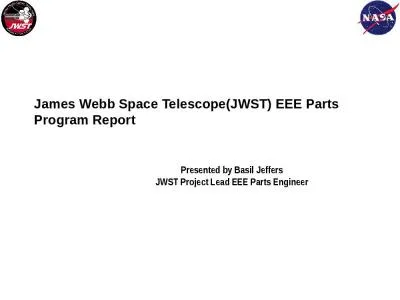PDF-S.M. Olson, P.J. Dittmar, N.A. Peres and S.E. Webb
Author : tatiana-dople | Published Date : 2015-08-24
Page 173 BOTANY Alliaceae Amaryillidaceae Allium cepaAllium ampeloprasumAllium schoenoprasum Allium fistulosumIt is believed that all of the edible onions and their
Presentation Embed Code
Download Presentation
Download Presentation The PPT/PDF document "S.M. Olson, P.J. Dittmar, N.A. Peres and..." is the property of its rightful owner. Permission is granted to download and print the materials on this website for personal, non-commercial use only, and to display it on your personal computer provided you do not modify the materials and that you retain all copyright notices contained in the materials. By downloading content from our website, you accept the terms of this agreement.
S.M. Olson, P.J. Dittmar, N.A. Peres and S.E. Webb: Transcript
Download Rules Of Document
"S.M. Olson, P.J. Dittmar, N.A. Peres and S.E. Webb"The content belongs to its owner. You may download and print it for personal use, without modification, and keep all copyright notices. By downloading, you agree to these terms.
Related Documents

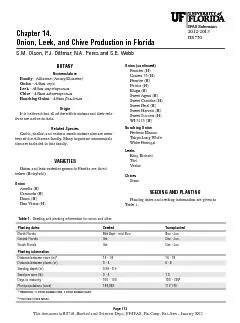
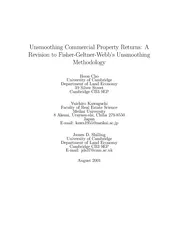
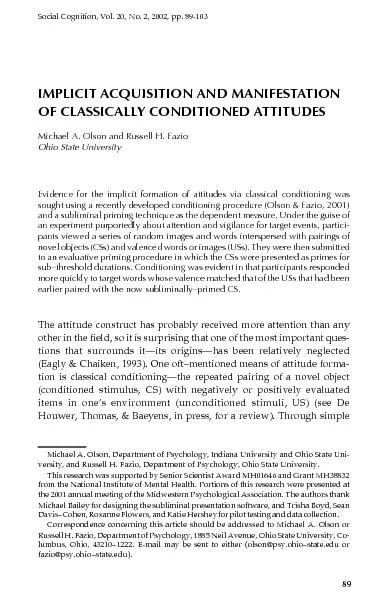



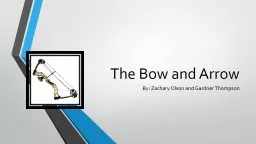


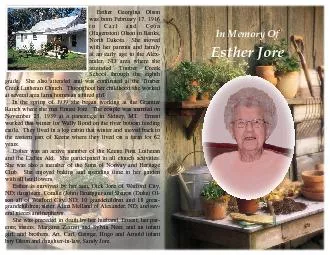
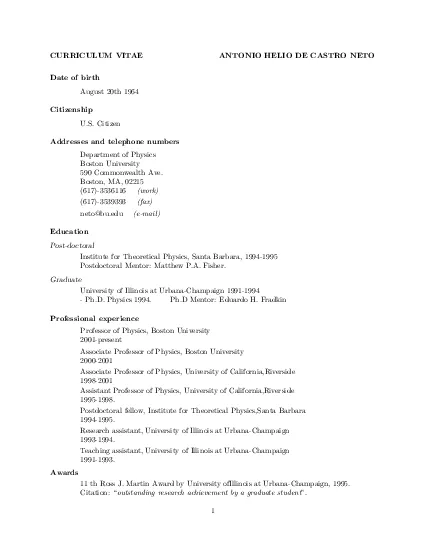
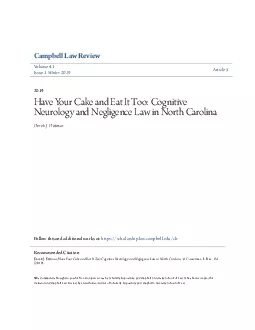
![[EPUB] - Baking Day with Anna Olson: Recipes to Bake Together: 120 Sweet and Savory Recipes](https://thumbs.docslides.com/890171/epub-baking-day-with-anna-olson-recipes-to-bake-together-120-sweet-and-savory-recipes-to-bake-with-family-and-friends.jpg)
